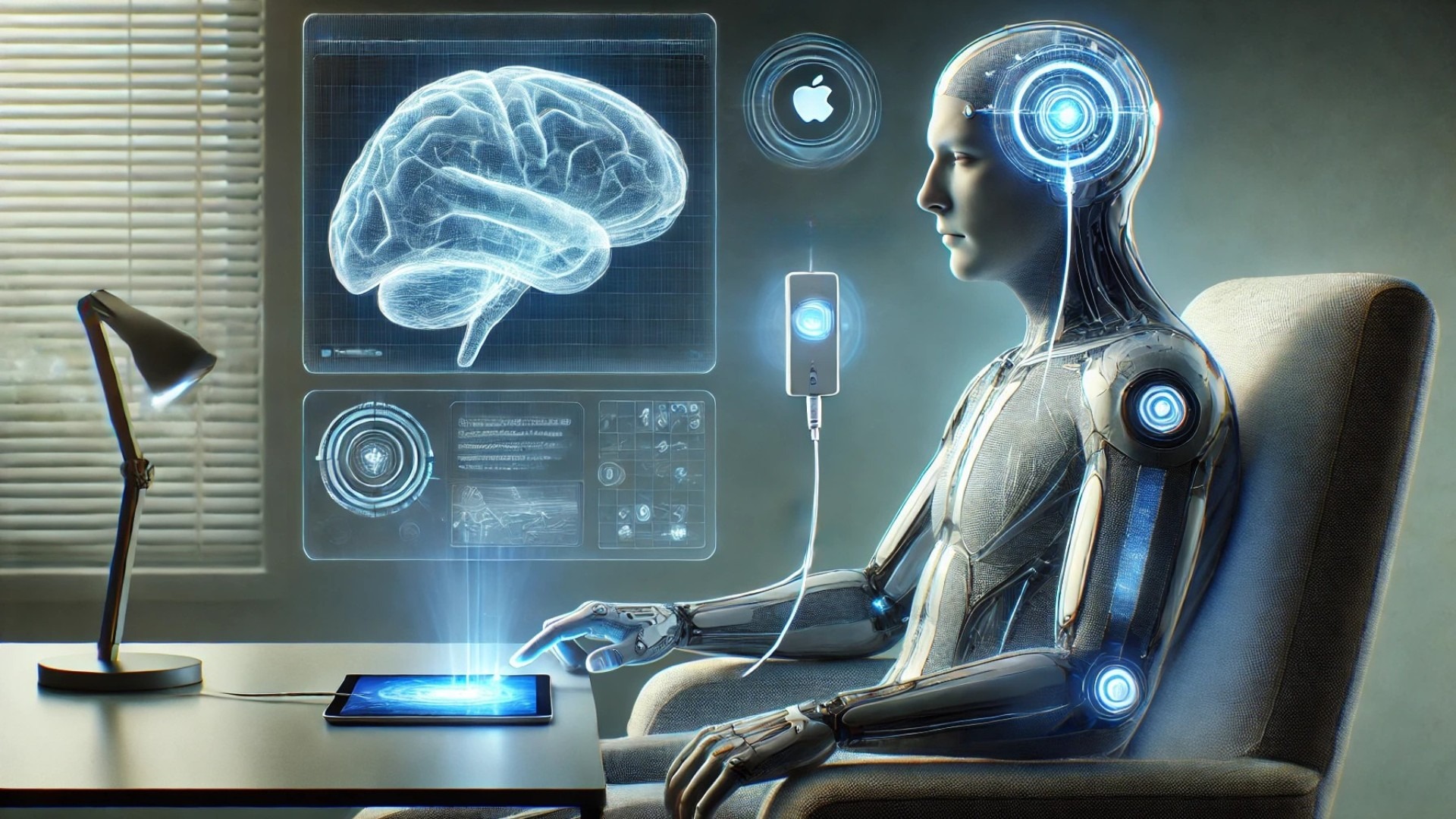
Unlocking Digital Autonomy: Synchron's Groundbreaking Technology
In a remarkable step into the future of accessibility, Synchron has unveiled a revolutionary brain-computer interface (BCI) that allows users to navigate Apple devices using only their thoughts. The integration of Synchron’s Stentrode™ system with Apple’s BCI Human Interface Device (HID) protocol signifies a monumental leap for those with motor disabilities, redefining how they interact with technology. Dr. Tom Oxley, CEO and co-founder of Synchron, summarizes this milestone aptly: “With BCI recognized as a native input for Apple devices, there are new possibilities for people living with paralysis and beyond.”
A Hands-Free Way to Access Technology
The Stentrode™ system not only empowers users with paralysis but also opens new avenues for creativity and communication. Unlike traditional assistive technologies that mirror physical inputs, Synchron's BCI offers a unique bidirectional communication pathway. This allows devices to respond to mental intentions, making the interaction more intuitive and responsive. Users can browse content, send messages, or create art, all simply through the power of thought.
From Clinical Trials to Autonomy: A User-Centric Approach
Among the most impactful outcomes of Synchron's technology are the real-life stories of those participating in their clinical trials. For many, regaining the ability to use their iPhones or iPads independently has meant more than mere convenience—it has been about reclaiming their voice. Kurt Haggstrom, Chief Commercial Officer at Synchron, emphasizes this sentiment: “When we ask our clinical trial participants what they want to do, it’s always about communication and creativity.” This dedication to user needs echoes the collaborative spirit with which Synchron approached Apple, leading to the establishment of a more accessible tech ecosystem for all.
Why This Matters: The Broader Implications of BCI Technology
The emergence of BCI technology like Synchron’s opens endless possibilities for future innovations. As AI development intertwines more closely with BCI, as illustrated by Synchron's Chiral™ model—designed to evolve through learning neural data—the horizon looks promising. Users can expect not just to interact with devices but to engage with them in an increasingly adaptive manner. This symbiotic relationship between human intention and technological response heralds true cognitive AI and raises essential questions about the future of human-computer interaction.
What’s Next for Synchron and Its Users?
As Synchron prepares to advance BCI HID integration and roll out clinical trials, it stands at the forefront of redefining digital autonomy. The expected integration across iOS, iPadOS, and visionOS later this year will likely accelerate this technology to commercial usage, benefiting countless individuals. The implications for enhancing daily life and creative expression cannot be overstated. As we usher in this new era of neurotechnology, it's vital to remain aware of both the opportunities and responsibilities that arise from these advancements.
 Add Row
Add Row  Add
Add 

 Add Row
Add Row  Add Element
Add Element 




Write A Comment